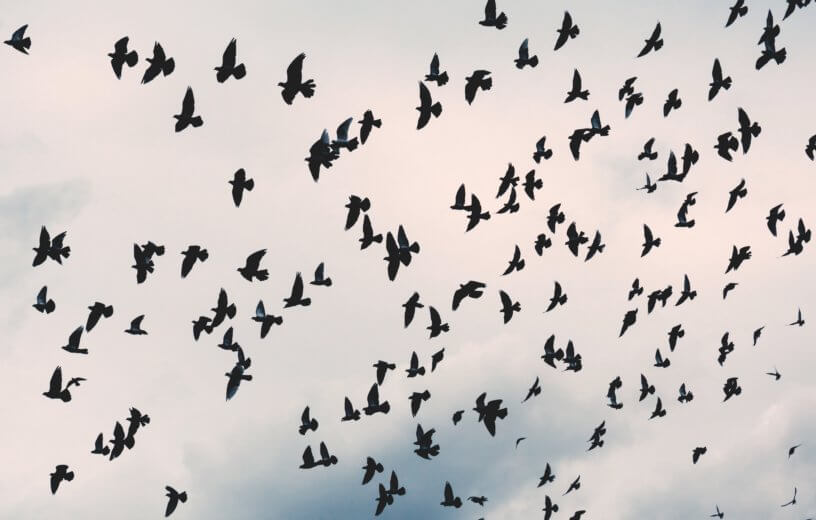SHEFFIELD, United Kingdom — Birds could soon all look like Zazu in “The Lion King” because of climate change, a new study warns. Researchers say different species are adapting to global warming by developing bigger beaks and shedding their distinctive features. However, this shift into survival mode is leaving birds either extinct or featherless.
Lead author Dr. Emma Hughes from the University of Sheffield has spent her career examining broad body traits in our feathered friends – such as different bills.
“I began to wonder what will happen with global change. So, not only how traits are currently distributed globally, but what might happen to morphological and phylogenetic diversity under the global extinction crisis,” Hughes explains in a media release.
“As species go extinct you expect the traits that they represent to also be lost,” Hughes adds. “But what we found was that with morphological diversity, the traits were lost at a much, much, much greater rate than just species loss could predict. This is really important because that can lead to a major loss of ecological strategies and functions.”
Birds are warm-blooded creatures, just like humans. The study finds they are changing in an effort to maintain a relatively constant body temperature. Bills of parrots, for instance, are up to 10 percent bigger than they were 150 years ago. Toucans use their huge bills to keep cool in the heat of the tropics. The appendage doubles as a giant radiator.
Diversity loss is most likely to affect those with extreme features. Birds’ size and shape vary wildly – from the giant, flightless ostrich to the tiny, buzzing hummingbird.
“Those are the sort of species that you’d expect to be more at risk of extinction,” Hughes continues. “We do find strong evidence to support the hypothesis that the largest and smallest species are likely to be most at risk of extinction.”
Birds of a feather, adapt to climate change together
The study also found certain regions are also more likely to see populations of various bird species that all resemble each other.
“The Himalayan mountains and foothills are at particular risk, and it’s likely that the loss of trait diversity will be considerable,” says Hughes. “The dry and moist forests of south Vietnam and Cambodia are also vulnerable.”
They include the Siberian blue robins, the Stork-billed kingfisher, the Black and red broadbill, and the Oriental paradise flycatcher. Dr. Hughes and her colleagues hope their work will help people understand how biodiversity loss will change the world.
“The global extinction crisis doesn’t just mean that we’re losing species,” the researcher concludes. “It means that we are losing unique traits and evolutionary history, including species that could confer unique benefits to humanity that are currently unknown.”
Last year, Australian scientists revealed elephants and rabbits are coping with global warming by growing bigger ears — like Dumbo and Bugs Bunny. Elephants use them as fans, while an extensive network of blood vessels contract in rabbits to cool them down.
The study, published in the journal Current Biology, suggests birds are most likely to start resembling red-billed hornbill — Simba’s big beaked mentor in Walt Disney’s “The Lion King.”
South West News Service writer Mark Waghorn contributed to this report.

